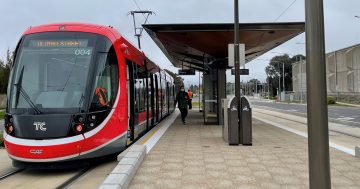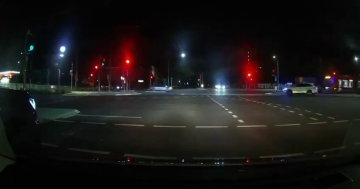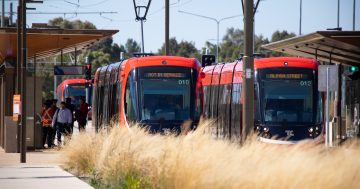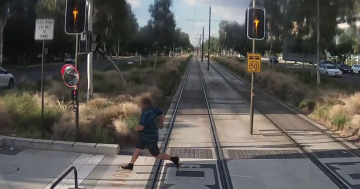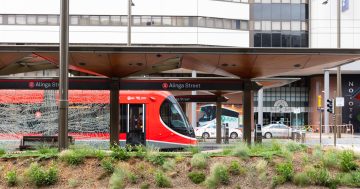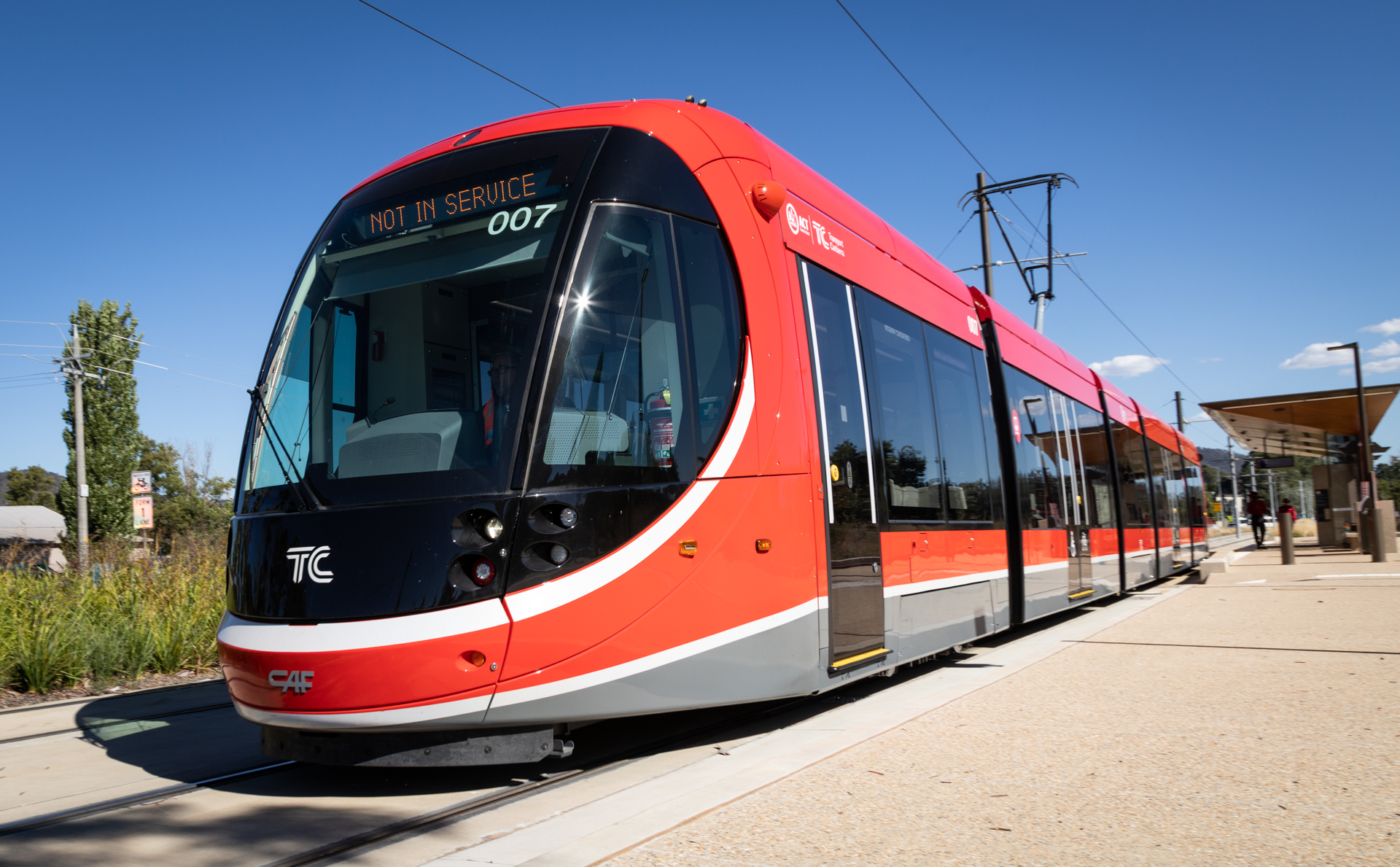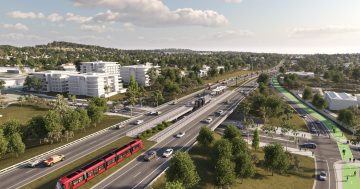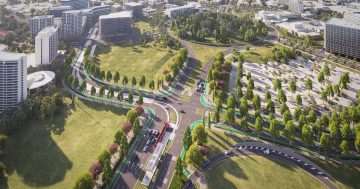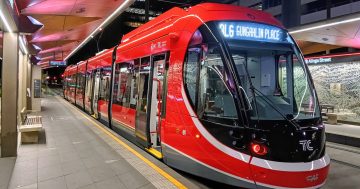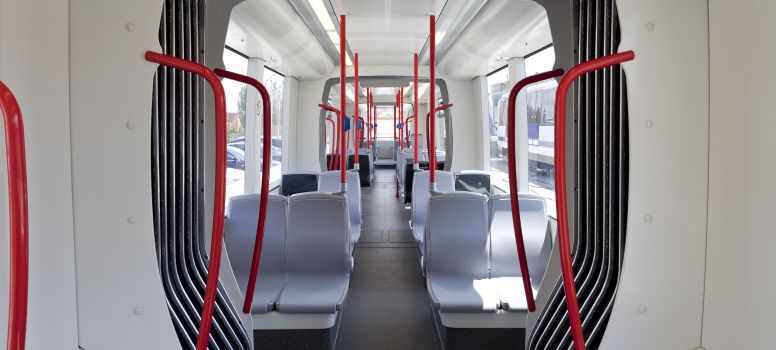
I recently attended a public meeting that was put on by Canberra Metro regarding the early planning stages of the Light Rail Project.
The purpose of the meeting was to update us on the implementation, the actual construction phases of the Light Rail and give us an idea of where we are at right now and where we are headed.
The definition of Light rail (for those who wish to know specifically), is a modern version of a tram that can operate at low speeds on streets and at high speeds in dedicated corridors. Light rail operates at road level and is electric, receiving power through the grid via overhead wires or recharge when braking. Light rail has a relatively small turning radius, can operate up steep gradients and can share public streets with other traffic and pedestrians.
It’s this sharing with traffic and pedestrians which were points of great concern for the audience attending on the night, along with the disruptions during construction, the noise levels, and the environmental and safety issues, both during the building process and afterward, as it all becomes operational.
I had arrived for the meeting early and was pleased to see such a big turnout (around 80 people in my estimation) of very engaged citizens who were hungry for information and keen to get their questions answered – and there were many of them. The meeting went for 90 minutes and I’d say that almost half of that time was spent responding to questions and concerns.
The presentation, (mostly given by Kevin Brady, Canberra Metro Design and Construction Director) was excellent and from where I was sitting, the Canberra Metro staff in attendance did a superb job. Not only had Kevin and his team explained the process during “phase one” very well, but what was also impressive was the way in which they responded to those who asked questions. From where I was sitting the majority of the public in attendance seemed to be satisfied with all of the answers given.
There was a contentious issue raised by one gentleman re costings, but it was rightly pointed out by the Canberra Metro guys (as well as many in the audience) that it was not part of their brief for this particular discussion. Rather, the questioner was asked to redirect that particular concern (rising rates along the Light Rail corridor), to the ACT government, which he accepted.
Apparently, early staging enabling works are well under way right now and coming to a close by around mid-2017 (considerable design development has been going on for the past four or five months we were informed). Permanent works (including roadworks etc) will be the next phase later this year. Then the testing and training phase of the operators and the safe running of the tram is the final stage. Date of completion is at the very latest, 31st August 2018.
Following questions on traffic disruptions, Kevin indicated that they are trying to reduce the amount of lane closures so it’s less disruptive for drivers. At peak times they are not allowed to close lanes. On weekend work will step up considerably.
There was much discussion around the noise factor but a lighter moment punctuated the proceedings when it was pointed out that the tailgating taking place on Northbourne Avenue (when speed limits had been dropped to 40klms) and other unsafe driving practices had been targeted by police, who have apparently already identified the consistent offenders and were keeping an eye on them! They assured us that “they’re coming to get you!”. Everyone laughed and looked around to see if anyone was red-faced in the room.
The environmental officer was on hand to discuss all of the environmental precautions they were taking and we were informed that a few of the existing Eucalyptus trees planted on the medium strip were mostly rotting and had very shallow tree root systems (that’s why there were some blown down in the recent storms we had, and they had fallen across the road itself). The new trees were being sourced from a local nursery (which was a good thing, I thought), and were a more suitable type of Eucalyptus for Canberra conditions, which would be planted gradually as the work proceeded and which suited the Canberra climate best.
The bike riders in the room were pleased that there will be ‘park and ride’ facilities once more and that safety has been a high priority in terms of planning for pedestrian pathways from either side of Northbourne Avenue.
Someone queried if there would be timetables, but as the trams are due to go every six minutes in peak hour, and with a maximum of 15 minutes at off-peak times, the Metro authorities asserted that there was no need for timetables. Nonetheless, the questioner mentioned that in Berlin, there was still a timetable even with short times between rides. This prompted one member of the audience to ask if the drivers would be adhering to the departure times at their discretion, (like the ACTION buses had done in the past, she suggested), which brought the house down. The answer was no, of course – and that there was a signalling system in place to which the drivers had to adhere.
So the completion of this project is in three stages and we are currently at the tail end the first phase – and about to enter the second. Things are hotting up!
Here are some of the other facts that emerged:
The light rail corridor from Gungahlin to the City will be 12 kilometres long, with thirteen stops. The total capacity of the vehicle proposed is 207 passengers (66 seats + 141 standees). Each vehicle will be 30m long and 2.65m wide and will have:
- Onboard wi-fi (also available at light rail stops along the corridor)
- Handrails and grab rails
- Access via two double doors and two single doors per side with clear signage
- Provision for four bikes per carriage
- 100% low floor throughout
- Air-conditioning suitable for the Canberra climate
I was pleased about having the wi-fi access and the air conditioning geared for our harsh winters/summers, and I walked away from the meeting with the impression that the job is in the hands of competent management – hope I’m right!
Image from manufacturer’s website.












